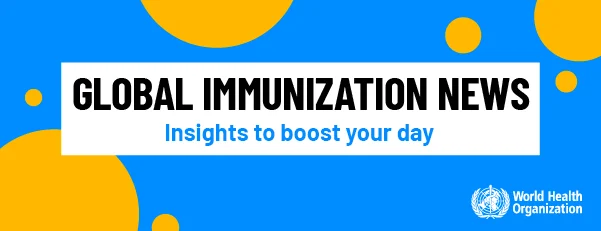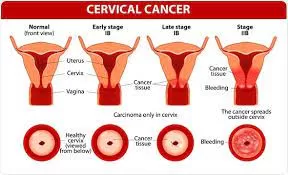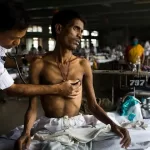
Globally there are 4.95 million deaths per year associated with antimicrobial resistance (AMR). Low- and middle-income countries bear the burden of drug-resistant infections. AMR, which occurs when bacteria, virus, fungi and parasites change over time and no longer respond to existing treatments, was described by WHO in 2019 as one of the top ten global threats to public health – a threat to which science is playing catch-up in its efforts to mitigate.
A new study published in the BMJ Global Health has found that over half a million lives could be saved each year with the effective use of existing vaccines and the continued development of new vaccines to tackle priority pathogens. The study highlights the importance of preventive measures including vaccination in slowing and containing the spread of AMR.
The study was carried out by the World Health Organization (WHO), the International Vaccine Institute, Korea (IVI) and the London School of Hygiene & Tropical Medicine. The authors used data from 2019 to model the potential impact of 15 new and existing vaccines against pathogens in WHO’s list of bacterial priority pathogens.
They found that if the vaccines are used for key populations, not only could half a million lives be saved, but 28 million disability-adjusted life-years (DALYs) would be averted, meaning the numbers of years lost to disability or reduced lifespans as a result of infection. In the scenario where seven of the vaccines were used for broader populations, an additional 1.2 million deaths and 37 million DALYs would be prevented.
According to the study, the biggest reduction in burden would be felt in WHO African and South-East Asian Regions, which currently account for two-thirds of the vaccine-preventable AMR burden. Such introductions and scale-ups would be particularly impactful in reducing the AMR burden of Mycobacterium tuberculosis (TB) and Streptococcus Pneumoniae faced in these regions. In 2021, the estimated proportion of people with TB who had drug-resistant TB was 3.6% among new cases and 18% among those previously treated.
Vaccines are a valuable tool in reducing spread of AMR, alongside other measures to prevent, diagnose and treat infections – including ensuring access to water, sanitation and hygiene, especially in health facilities; infection prevention and control programmes; and ensuring access to and appropriate use of essential diagnostic tools and medicines including antibiotics. Vaccines contribute to a decline in infections amongst vaccinated and unvaccinated populations as well as reducing the need to use anti-microbials, thereby reducing the risk of misuse. This in turn contributes to reducing the risk of emergence and spread of resistant strains.
Health systems faced significant strain throughout COVID-19. Recovery of immunization systems and investment in expanding the use of new and existing vaccines to priority at risk populations is a necessary part of ongoing catch-up efforts. AMR is predicted to cost the global economy an estimated cost of USD$100 trillion between 2014 and 2050 and we have no time to waste to tap into the potential of scaled up vaccination efforts to prevent the spread of AMR.










